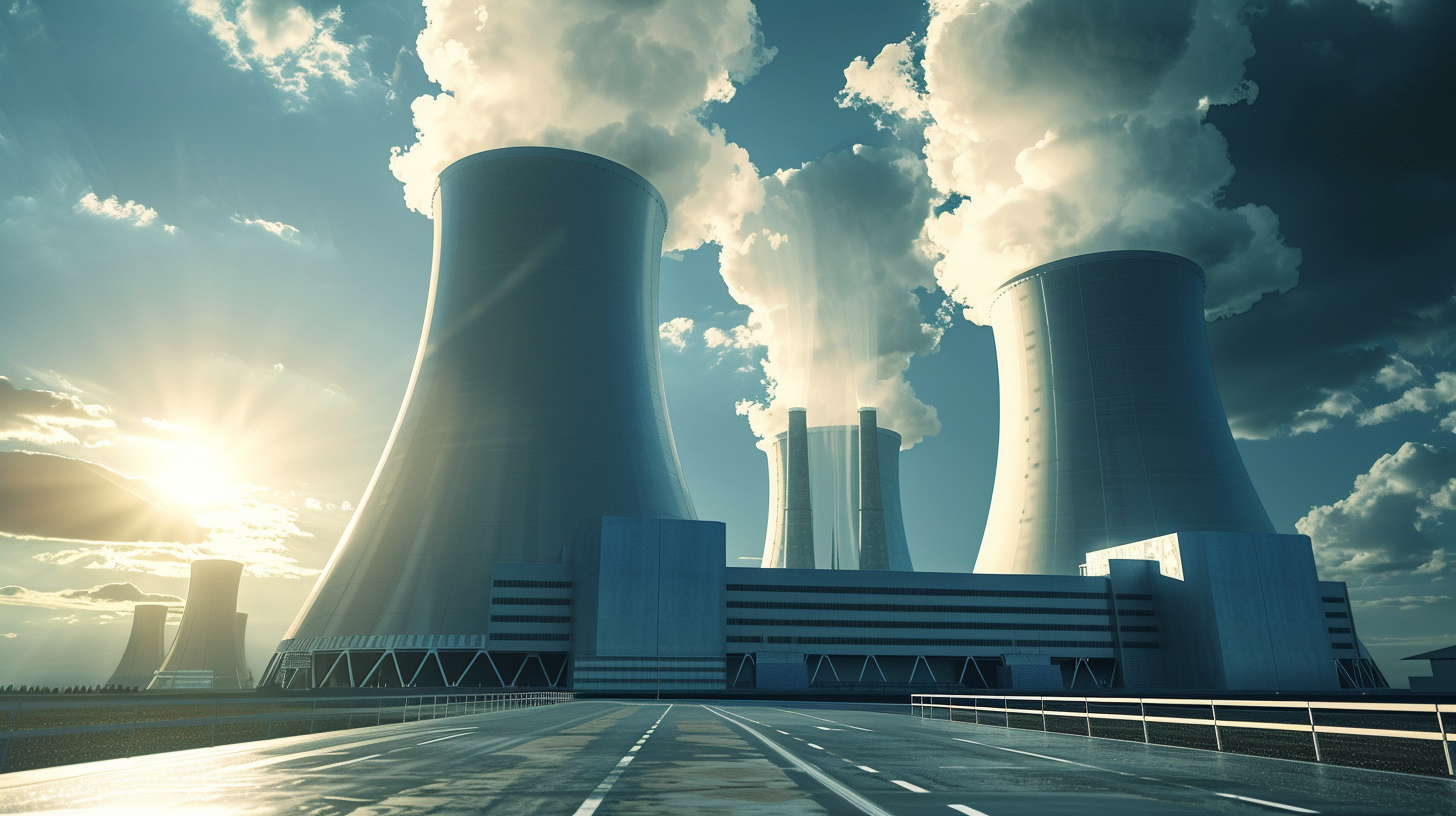| Key Points: – Big Tech is driving nuclear energy investments to meet AI data center demands. – SMRs (Small Modular Reactors) are gaining attention, but are still in the experimental stage. – Few public investment options exist in nuclear power, though related stocks have surged. |
Nuclear power is emerging as a key player in the race to meet the enormous energy demands of AI-generating data centers, as Big Tech giants look for reliable, clean energy sources to fuel their operations. In recent weeks, Microsoft, Google, and Amazon have each announced significant investments in nuclear energy, signaling that this technology could be poised for a major comeback in the U.S. energy landscape.
Microsoft’s partnership with Constellation Energy to restart the shuttered Three Mile Island nuclear reactor, Google’s collaboration with Kairos Power to harness Small Modular Reactors (SMRs), and Amazon’s $500 million investment in SMR developer X-Energy highlight a growing trend. These tech giants are betting on nuclear power as a sustainable solution to the skyrocketing energy needs of AI, cloud computing, and data center operations.
For decades, nuclear energy has contributed about 20% of the U.S. electricity supply. However, the industry has stagnated, facing stringent regulatory requirements and high costs that have made it difficult for new reactors to come online. The recent openings of reactors at the Vogtle plant in Georgia were the first new units in seven years, underlining the slow pace of expansion in this sector.
But as Big Tech’s energy consumption continues to grow, driven by the demands of AI and other data-heavy applications, nuclear power has come back into focus. The goal of SMRs is to create smaller, more flexible reactors that are cost-effective and can be built closer to the grid. These reactors have the potential to power everything from industrial operations to sprawling data centers. However, it’s important to note that these reactors are still in the experimental stage in the U.S. The first fully operational units are not expected to be online until the early 2030s, with Microsoft’s project at Three Mile Island targeting a restart by 2028.
Investors looking to capitalize on the nuclear resurgence have few direct options. Companies like NuScale Power (SMR) and Oklo (OKLO) have seen their stock prices soar as investor interest in nuclear technologies grows, but they remain speculative, given the unproven nature of SMRs. NuScale, for example, has seen its shares rise by over 450% this year alone, while Oklo, backed by OpenAI’s Sam Altman, has gained more than 80% since going public through a SPAC.
This shift toward nuclear also ties into broader trends we’ve covered recently, including the increasing focus on renewable energy solutions to power data centers. For instance, Amazon’s recent investments in small modular reactors through X-Energy are a continuation of its efforts to secure clean energy sources, mirroring its $500 million commitment to clean energy projects we wrote about earlier this week. These investments by tech companies not only signal a growing need for energy but also show a strategic shift toward sustainable, scalable solutions.
Energy companies, particularly those involved in nuclear power, utilities, and uranium production, have been significant beneficiaries of this renewed interest. Stocks of utility companies and uranium producers like Cameco (CCJ) and Uranium Energy (UEC) are near record highs as investors seek exposure to this trend. In fact, as we mentioned in our analysis of Wolfspeed’s $750 million chips grant, the intersection of tech and energy—especially AI—continues to drive investment across multiple sectors.
As AI technology continues to evolve, one thing is clear: the next frontier for tech could be nuclear power. With billions of dollars flowing into this once-stagnant industry, nuclear energy may soon be a critical component of the AI revolution. While there are still significant hurdles to overcome, Big Tech’s commitment to nuclear energy signals a major shift in how the world’s largest companies are planning to power the future.
